We need your consent to the use of individual data so that you can show information about your interests, among other things. Click "OK" to give your consent.
Categories
Cutlery maintenance and care instructions
0,24 €
|
||
|
|
||
| Product code | pribory udrzba |
|---|---|
| Brand | Berndorf Sandrik |
| Warranty | 2 years |
Berndorf Sandrik
Related products
15,96 €
13,19 €
16,76 €
13,85 € excluding VAT
235,92 €
194,98 €
You might like it
38,2 €
31,57 €
79,8 €
65,95 €
95,76 €
79,14 € excluding VAT
19 €
15,7 €
22,8 €
18,84 € excluding VAT









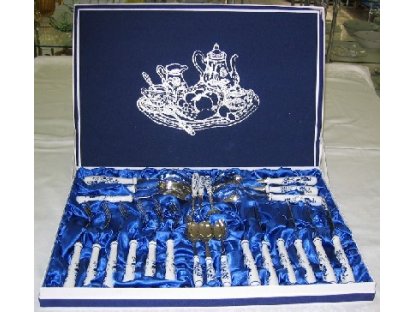
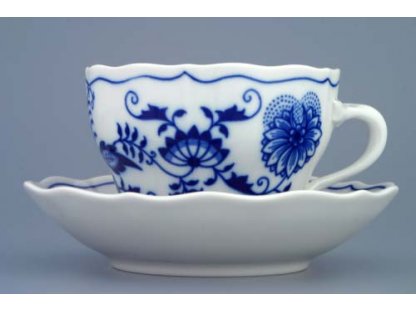
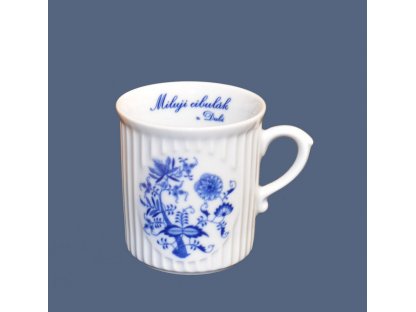
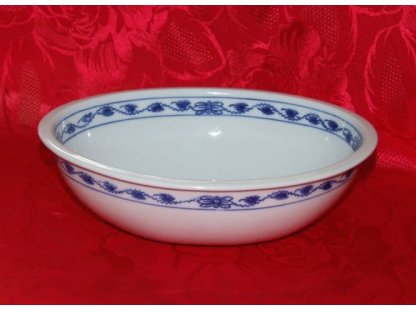
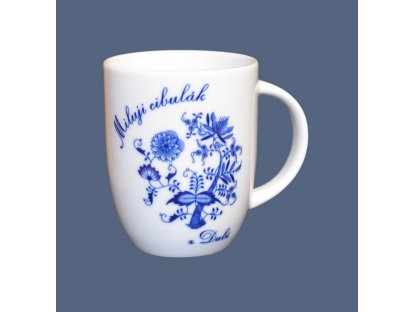
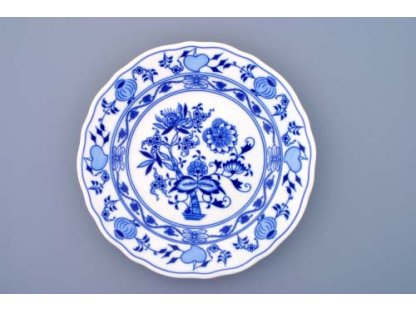

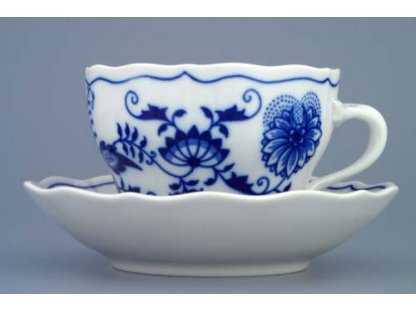
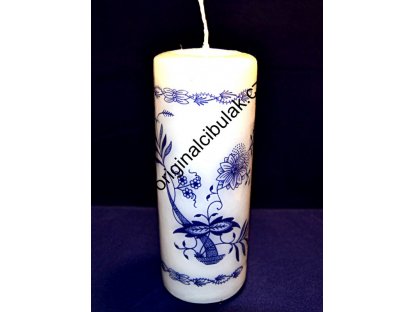
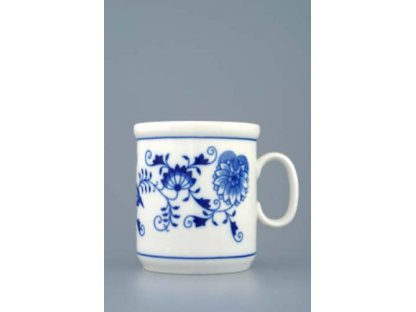
 Cookie - Settings
Cookie - Settings
